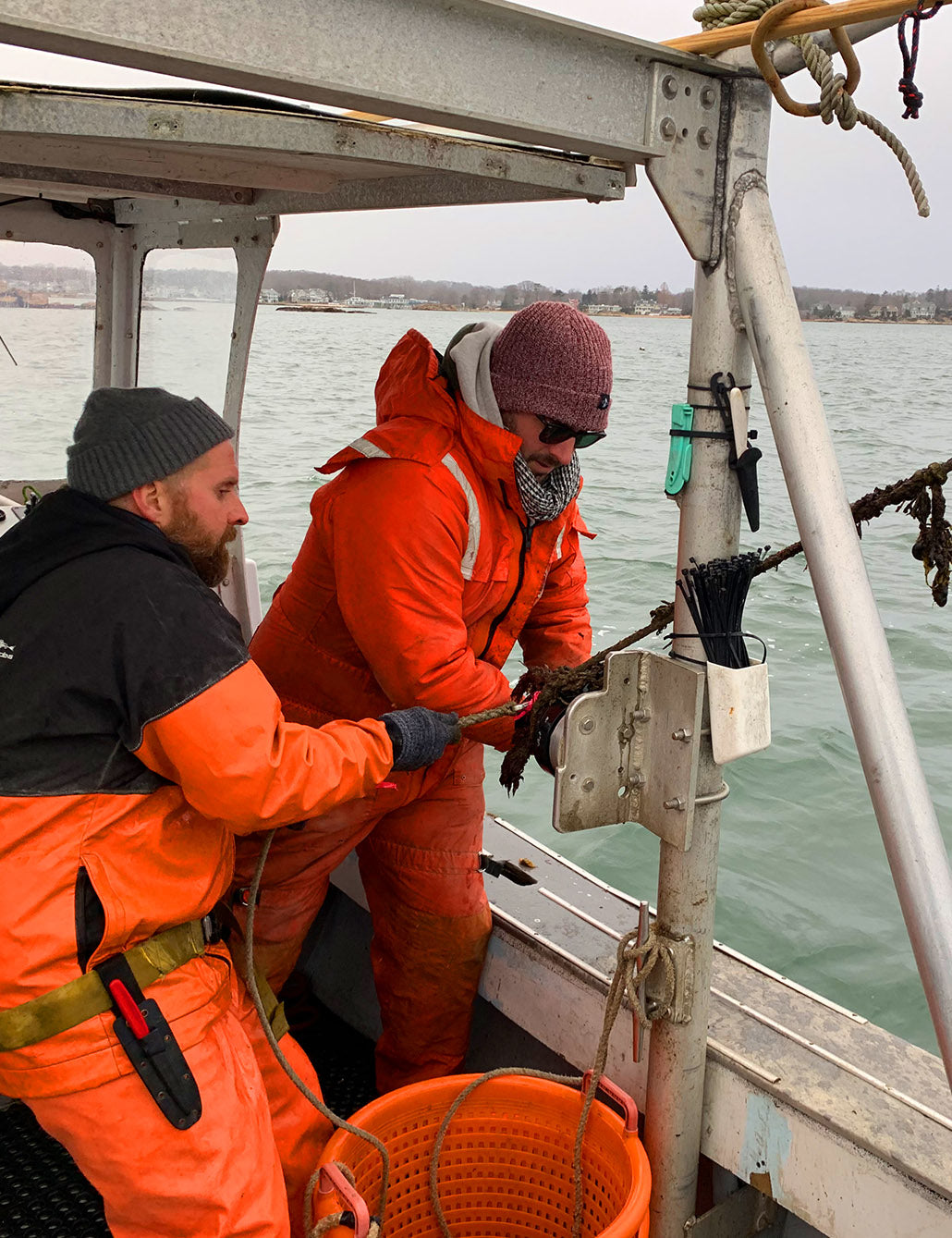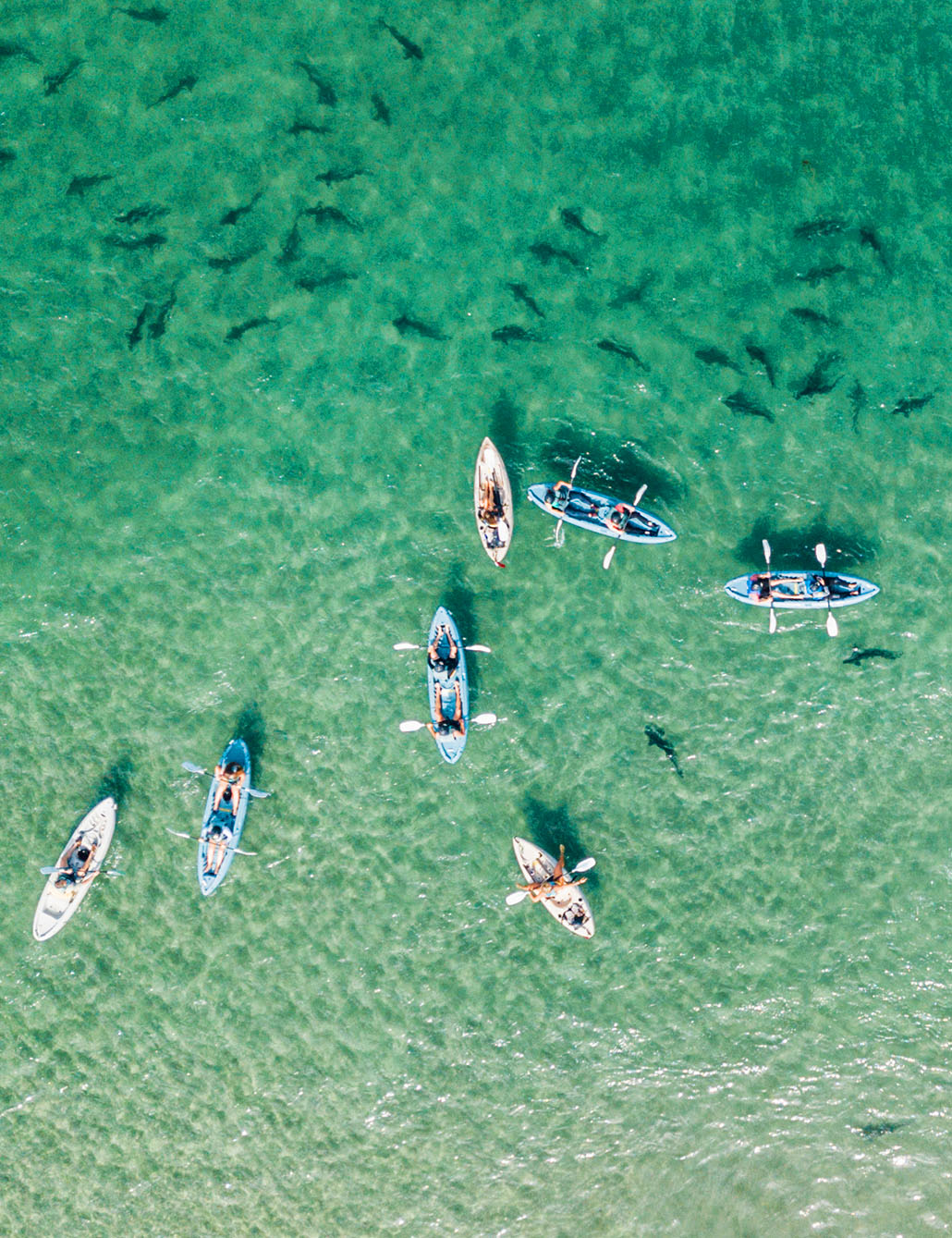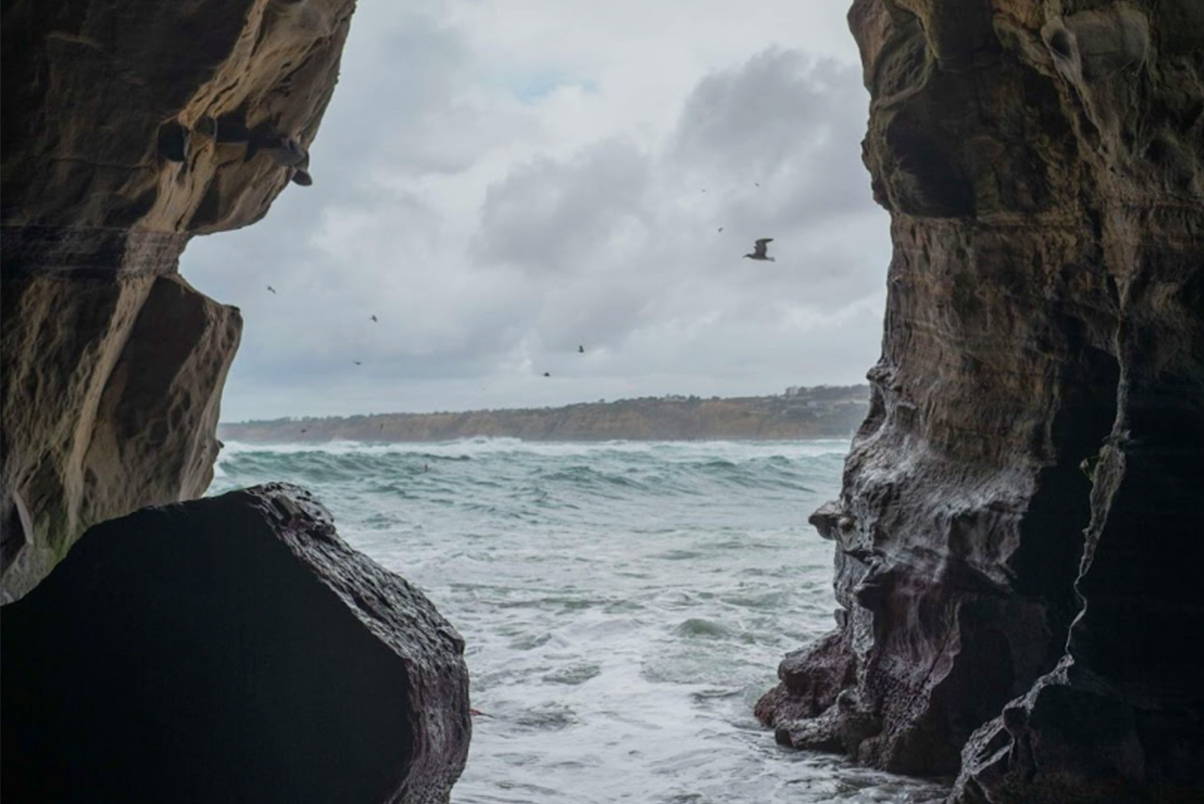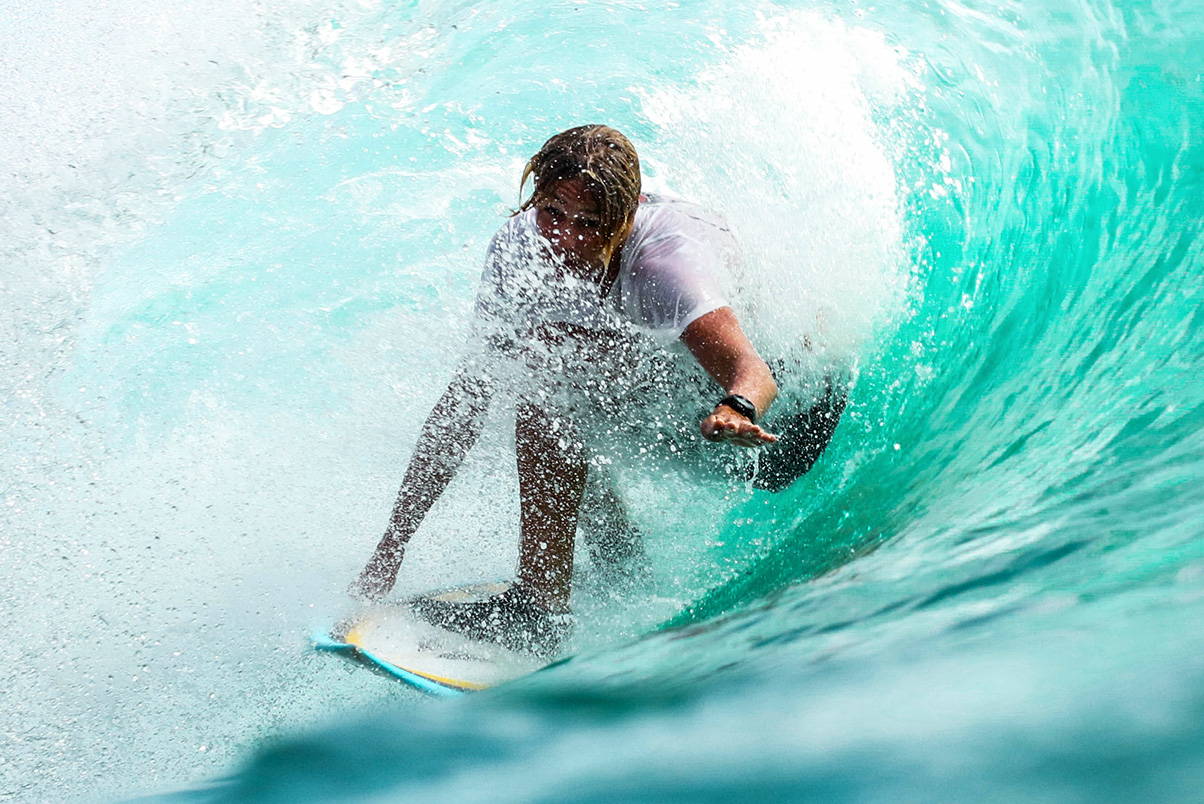Welcome to La Jolla Caves, one of Southern California's most spectacular natural attractions. Located on the picturesque coastline, the La Jolla Caves are a unique geological formation carved out by the relentless force of the Pacific Ocean.
The seven caves are considered to be some of the most magnificent sea caves in the state and offer a truly awe-inspiring experience for visitors.
While the caves require some extra effort to see, with all but one only accessible from the water, the reward is definitely worth it. The La Jolla Caves are a must-visit destination for anyone interested in natural wonders and geology.
With multiple options for sea cave tours available, visitors can explore these breathtaking formations up close and learn about the fascinating history and ecology of the area.
Come with us as we explore the beautiful La Jolla Caves and find out why they are one of California's most treasured places!
The Seven Sea Caves
At Everyday California, we think that the La Jolla Sea Caves are some of California's most remarkable natural wonders. These beautiful sea caves have been carved into a 200-foot-high sandstone bluff line that dates back 75 million years to the Cretaceous Period.
The sandstone cliffs represent the Point Loma Formation and make for a stunning geological feature that visitors can explore up close.
The La Jolla Caves are a land border of the La Jolla Ecological Reserve located between La Jolla Cove Beach and La Jolla Shores Beach.
The best-known of the seven caves is Sunny Jim Cave, which is the only one generally reachable by foot. The others are generally appreciated from a seaward vantage, either by snorkeling or on a guided kayaking tour.
From the White Lady to Clam's Cave, each of the seven sea caves in La Jolla has its own unique character and charm. Discover the enchanting world of the La Jolla Sea Caves, where adventure and beauty come together in perfect harmony.
White Lady Cave
White Lady Cave in La Jolla, California, is a fascinating sea cave with a tragic backstory.
As the story goes, a newlywed couple named the Hathaways visited the La Jolla shoreline on their honeymoon in the 19th century. While the story's details vary, it is said that Mrs. Hathaway was swept away by the waves while searching for seashells, or the couple was surprised by a rising tide while seeking a romantic spot in the caves.
The cave's name is also said to have come from the image of the breaking waves reminding the husband of his wife's wedding dress.
What to Expect:
White Lady Cave features a grand arch that frames its opening and provides a dramatic entrance to the spacious cavern beyond. Visitors can access the cave by sea kayak only during low tide and calm waters.
The cave's interior is stunning, with unique rock formations and a natural skylight illuminating the space. White Lady Cave is a must-see for anyone interested in the history and natural beauty of La Jolla's sea caves.
Little Sister Cave
Get ready for a family resemblance! Little Sister Cave is the smallest of the seven sea caves in La Jolla and is often overlooked due to its miniature size. It's named after the bigger "White Lady Cave" for its resemblance.
What to Expect:
Little Sister is still an essential stop for sea cave explorers, despite its diminutive stature. It's easy to see why it's called "Little Sister" when you compare the cave's size and shape to those of its bigger sibling, White Lady Cave. Visitors can take a guided tour to spot this tiny cave, but you might need a keen eye to locate it amongst the other rocks.
Shopping Cart Cave
Shopping Cart Cave is a unique spot with a rich history. The spiny lobster population used to be abundant in this area, and local restaurants were famous for trapping the crustaceans during their limited season.
While no longer permitted, you can still spot many lobster traps outside of the Marine Protected Area in the months of October through March.
What to Expect:
With its west-facing entrance, the Shopping Cart Cave is a standout among the La Jolla Sea Caves.
It's the best spot to find lost items at sea due to the area's underwater currents. Our guides have even found lost items like cameras, sandals, and sunglasses while exploring this one-of-a-kind cave.
Sea Surprise Cave
Sea Surprize Cave is a hidden gem, with its entrance easily missed due to its modest size. But don't let its modest appearance fool you—this cave is full of surprises.
What to Expect:
Once inside, visitors will be treated to an 80-foot-long tunnel filled with stunning orange rock walls and crystal-clear pools of water. The pools are home to beautiful calcite-coated sea anemones, a sight to behold. The discovery of these wonders within the cave during a 1982 survey has only added to the mystique of this cave.
Arches
Arch Cave, also known as Arches, is a must-visit attraction in La Jolla. It is considered the deepest of the seven sea caves in the area and spans over 600 feet.
What to Expect:
The cave consists of six distinct corridors, each with narrow passages and different structures.
Over time, erosion has connected two separate cave systems into one, leaving only a rock arch between the two. While exploring the cave's passages due to active erosion may be hazardous,
Arch Cave is a sight to behold when viewed from the water.
Sunny Jim Cave
Sunny Jim's Cave is one of La Jolla's most famous sea caves and a must-visit for anyone exploring the area.
It's the only one of the seven sea caves that can be accessed both by land and sea.
In the early 1900s, Gustav Shultz, who owned the house above the cave, hired workers to carve out a 138-step tunnel through the floor of his living room to provide easy access to the cavern below. It took almost two years to complete and became a major tourist attraction, with around 200 visitors a day paying 50 cents to enter.
What to Expect:
Sunny Jim's Cave is the second-largest of the seven La Jolla caves, at around 320 feet deep, and has a rich history that includes its use for whiskey smuggling during Prohibition. You can access the cave through the Cave Store, which used to be Shultz's home. Admission is $7 for adults and $5 for children ages 3 to 17, and reservations are recommended.
Located at the westernmost end of La Jolla Cove, the Clam Cave is a must-visit destination for kayakers and snorkelers. Named for its double-sided entrance, the Clam Cave's inflow and outflow of water make it a unique spot to explore.
What to Expect:
This sea cave is the only one visible from Coast Blvd., but it's accessed via kayak when conditions permit. With multiple entrances and exits, the cavern is a protected space that's rich in marine life. While on tour, our expert guides will safely take you through the Clam Cave and show you the beautiful ocean views from the inside.
Visiting the Sea Caves
Kayak Tours
Numerous kayaks can be spotted in the ecological reserve each day, as the best way to see La Jolla's seven caves is on a guided kayaking tour.
Depending on the tide and currents, the kayaking tours may go into Clam's Cave or view it from offshore. The entrance to the caves can be quite turbulent and unruly, making guided tours with an expert guide the safest and closest way to explore these La Jolla treasures.
La Jolla Sea Cave Kayak Tours by Everyday California are a must-do when you're visiting San Diego. Our kayak tours offer an immersive experience that allows you to see the Seven Sea Caves up close and personal. During the tour, you'll glide along the coast and explore the caves while getting to know the local marine life that lives in and around the caves.
Our tours cater to both novice and experienced kayakers. Whether it's your first time on a kayak or you're a seasoned paddler, you'll enjoy our La Jolla Sea Cave Kayak Tour. Book your tour with us and create memories that will last a lifetime.
La Jolla Snorkeling
La Jolla is renowned for its snorkeling opportunities that allow visitors to explore the entrances to the sea caves and the diverse marine life of the San Diego-La Jolla Underwater Park.
The park's underwater world offers vibrant kelp forests, majestic leopard sharks, and colorful garibaldi (the official state fish of California). You may even catch a glimpse of sea lions passing by. The marine protected area offers an extraordinary and fabulous underwater experience that is not to be missed.
Looking to explore the beautiful marine life of La Jolla Cove? Join our guided snorkeling tour and discover the hidden gems of the Pacific Ocean. Our tours offer a unique opportunity to get up close and personal with the diverse marine creatures that call La Jolla Cove home. We'll provide all the necessary equipment, including wetsuits and snorkels, so all you need to bring is your sense of adventure.
Our snorkeling tour does not go inside the sea caves, but we will take you to the best spots to view the local wildlife.
Seven Sea Cave FAQ's
What is History of the Formation of the Caves?
The La Jolla Caves were formed over millions of years as the ocean eroded the sandstone cliffs along the coast. As the waves pounded the cliffs, cracks and crevices were created, which then became more significant as the ocean continued to erode the rock. Over time, this erosion led to the creation of the seven sea caves we know and love today.
These sea caves also mark the Rose Canyon Fault Zone.
What Can You See at the La Jolla Caves?
The La Jolla Caves are home to a variety of marine life, including sea lions, harbor seals, and a variety of fish and sea creatures. Visitors can take guided tours or rent equipment to explore the caves and their inhabitants up close. Also, the caves are a great sight to see because erosion has made them into interesting shapes and structures.
What's Special About Each Cave?
Each of the seven sea caves has its own unique features and characteristics. For example, Sunny Jim Cave is the only cave with both land and sea access, while the Clam Cave is the only cave visible from land. Some caves are easier to access than others, and some are more popular with kayakers and snorkelers. Exploring each cave offers a unique experience and a chance to discover something new.
What is a Sea Cave?
A sea cave is a type of cave formed by rock erosion by waves and other water activities. Sea caves are typically found along coastlines and are often accessible only by water. They can be deep, narrow, and winding, and they often feature unique formations and structures that have been shaped by years of erosion. Sea caves are popular destinations for snorkelers, kayakers, and other adventure-seekers looking to explore the beauty of the ocean up close.
How Do Sea Caves Form?
Sea caves are formed through a process called wave erosion. As waves crash against the coastline, they cause small cracks and crevices to form in the rock. Over time, these cracks and crevices become larger and larger as the waves continue to erode the rock. Eventually, these eroded areas will become large enough to form a cave. The process can take millions of years, and the result is a unique and beautiful natural wonder that is often only accessible by water.
What Activities Are There to Do at the La Jolla Sea Caves?
Visitors to the La Jolla Sea Caves can do many things, like take a guided tour, go kayaking, snorkeling, or scuba diving. Visitors can view the caves and their inhabitants up close or take in the beauty of the coastline from a distance. Kayaking and snorkeling tours are popular to see the caves, and equipment can be rented on-site. For those who prefer to stay on land, there are plenty of walking trails and lookout points where visitors can take in the stunning views of the caves and the ocean beyond.








